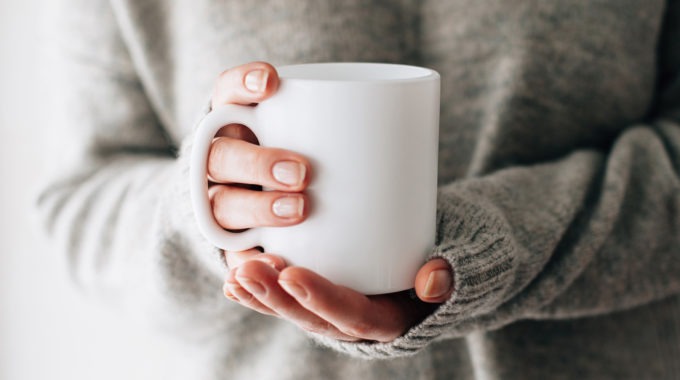Put the kettle on: International Tea Day
Today is International Tea Day, so we’ve decided to infuse your brain with some interesting facts about this ubiquitous drink, including expert tips on how to brew the perfect cuppa.
Tea is the second most consumed beverage in the world after water, and is an integral part of countless cultures around the world. Millennia before a tea bag became the Aussie standard, Indigenous Australians were drinking an infused tea-like beverage made from the plant species leptospermum, which also gives us our manuka honey.
To give tea its time in the spotlight, in 2019, the United Nations designated May 21 as International Tea Day. The aim of the day is to promote the sustainable production of tea, and also to raise awareness of its importance in fighting hunger and poverty.
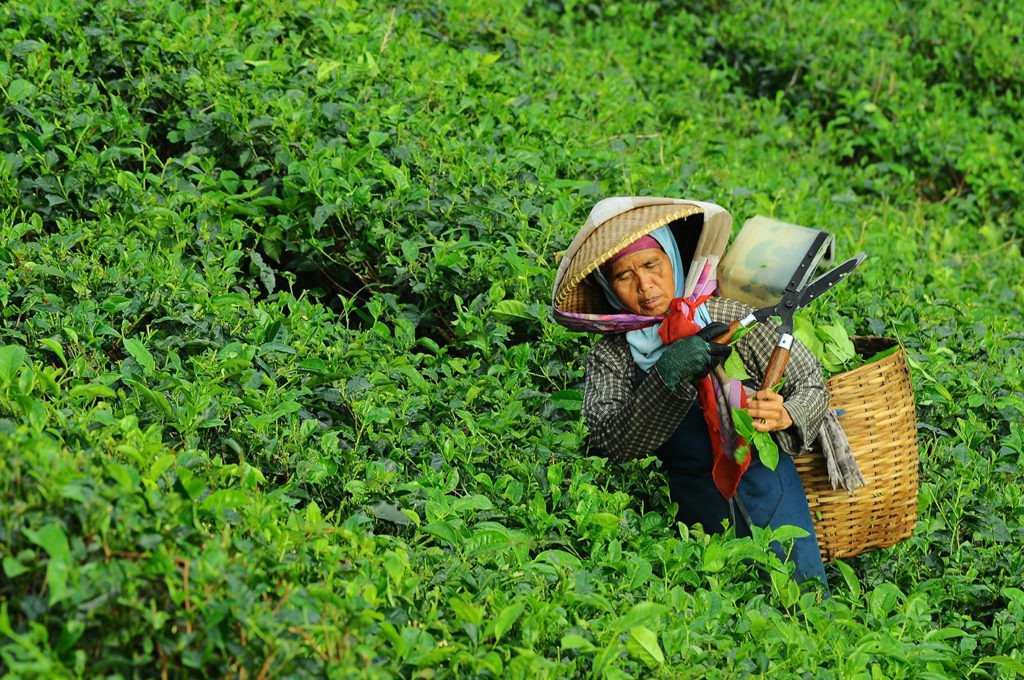
Plantations at risk
Tea production and processing is a main source of livelihood for millions of families in developing countries. The tea industry is also a main source of income and export revenue for some of the world’s poorest countries. However, because of their location, many of these countries and their tea plantations are also likely to be the hardest hit by climate change in coming years. This means it’s essential that steps are taken now to protect these industries that provide employment and income for so many.
Who knew a humble cup of tea could be so important? To make matters even more mind-bending, there’s another International Tea Day that’s observed on December 15 in tea-producing countries like India, Bangladesh, Tanzania, Indonesia, Nepal, Malaysia and Sri Lanka. But hey, if you really love tea, why not celebrate both?

Clean, green and gold tea
While most of us think of China, India or Sri Lanka when we think of tea plantations, there are plenty of top-notch Australian-grown teas that Aussie tea-lovers can choose from. Almost 90 percent of tea in Australia is imported, but if you buy Australian-grown tea, you’ll be supporting our local producers. Plus, because our tea plantations are so far away from other tea-growing regions and our biosecurity system is doing its job, we’re not impacted by the pests and diseases that can devastate tea harvests in other countries. This means Australian tea growers are much less likely to use pesticides or fungicides.
The best-known Australian-grown tea brand is probably Nerada, which grows its black tea pesticide-free on a single-origin, 360-hectare estate on the Atherton Tablelands in Far North Queensland. This region is where the majority of Australia’s tea is grown, but you’ll also find tea growing in much smaller quantities in Northern NSW, Victoria and Tasmania.
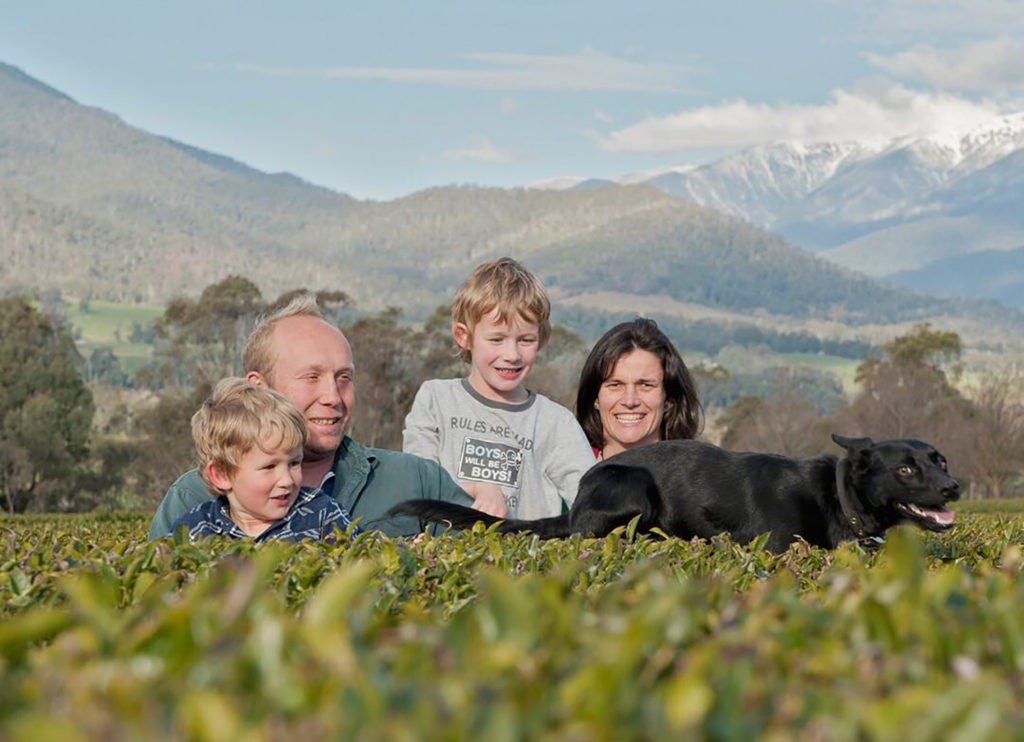
Aussie tea brands worth brewing
Daintree Tea grows pesticide-free, unblended black tea in the heart of the Daintree Rainforest in Far North Queensland. You can buy it online.
The Alpine Tea Co grows Japanese-style green tea in the upper reaches of the Kiewa Valley at Tawonga, Victoria. At the time of writing, the website was down, but you can find them on Facebook and Instagram if you’d like to know more.
The Tea Chest is a small family business in the Daintree which makes a collection of tea blends from Australian-grown tea, the most popular of which is the Daintree Chai.
Two Rivers Green Tea grows and produces quality green tea in the Acheron Valley on the Goulburn River in Victoria. While they make tea mostly for the Japanese market, locals can also buy Two Rivers tea online or find stockists on their website.
The Tasmania Tea Company is located in Southern Tasmania. These guys hand-make premium organic gourmet teas, which they sell at markets and online.
Madura Tea has a plantation on the outskirts of Murwillumbah on the NSW-Queensland border. Madura grows a proportion of its product in Australia, but also imports selected blends. Everything else – from grading to packing – is done on the Madura estate.
Nucifora Black Tea’s plantation has been growing pesticide-free tea in the tropical rainforest area of Northern Queensland since 1985. You can buy it online.
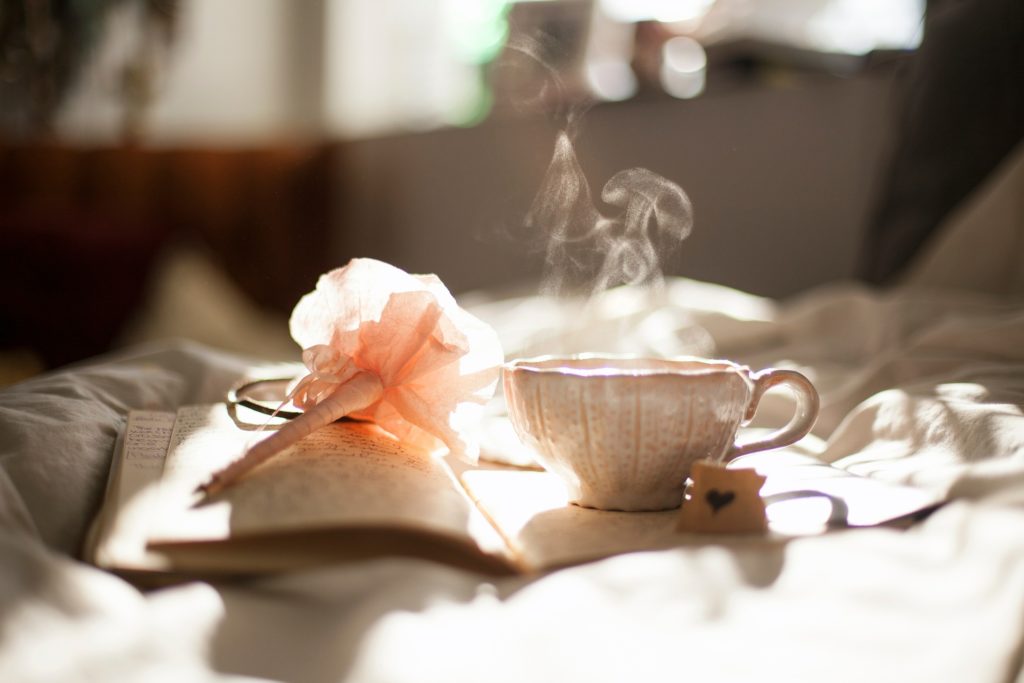
The perfect cuppa
When it comes to making the perfect cup of tea, it’s best to go to the experts. So we’ve asked Felicity Fowler, Head of Tea Experience (yep, that’s her real title) at JING Tea to give us her top tea tips. JING is one of the world’s premium tea brands, and its huge range – from green, black and white to jasmine, matcha, oolong and puerh (fermented tea) – are the teas of choice for some of the world’s finest hotels, restaurants and airlines, including Cathay Pacific, which carries a selection of the JING teas on board its planes and in Cathay Pacific’s Teahouse at The Pier Lounge in Hong Kong. Below, Fowler outlines how you can achieve an authentic sensory tea experience at home.

Choosing your tea
Green, white and black varieties are common favourites for tea drinkers. They’re packed with antioxidants, which deliver an array of different benefits. Green tea contains an antioxidant known to stabilise free radicals and fight disease, whereas black tea’s antioxidants help to lower inflammation.
Choose a leaf that suits your palate. White tea delivers light, delicate, sweet flavours; green is perfect for those who enjoy a fresh grassy or vegetal taste; black is best for those who want deep, rich flavours; and oolong has an intense aroma and experience.

Infusing your tea
For a better taste experience. Fowler recommends using loose leaf tea rather than bagged. When made loose, the tea leaves have the space to unfurl and release more of their flavour in each cup. You can also choose how much leaf you use. This allows you to control how full-bodied, flavourful or light your tea is, tailoring to your personal preferences. As a general rule, infusing 4g of tea per 250ml of water for 4 minutes will give a great result.
Talking of infusing, with the right teapot, making loose tea at home is just as simple as using a teabag. Try using a teacup with an infuser that fits inside it or a teapot with a filter built into the lid. These will both provide a hassle-free way to make tea at home.
As 99 percent of your cup is water, try using filtered water to ensure the best taste. When it comes to water, it’s also worth noting your temperature. 95-100 degrees brings out the strength and body from black and oolong teas; 60-80 degrees is better for bringing out the delicate, fresh and sweet flavours of white and green teas.
Don’t forget to decant the full pot once it’s infused. Not only will this ensure the final drops (which include a lot of the flavour) are released; it also means leaves aren’t left in the water, which can bring out bitter notes. They can then be reinfused two or even three more times.
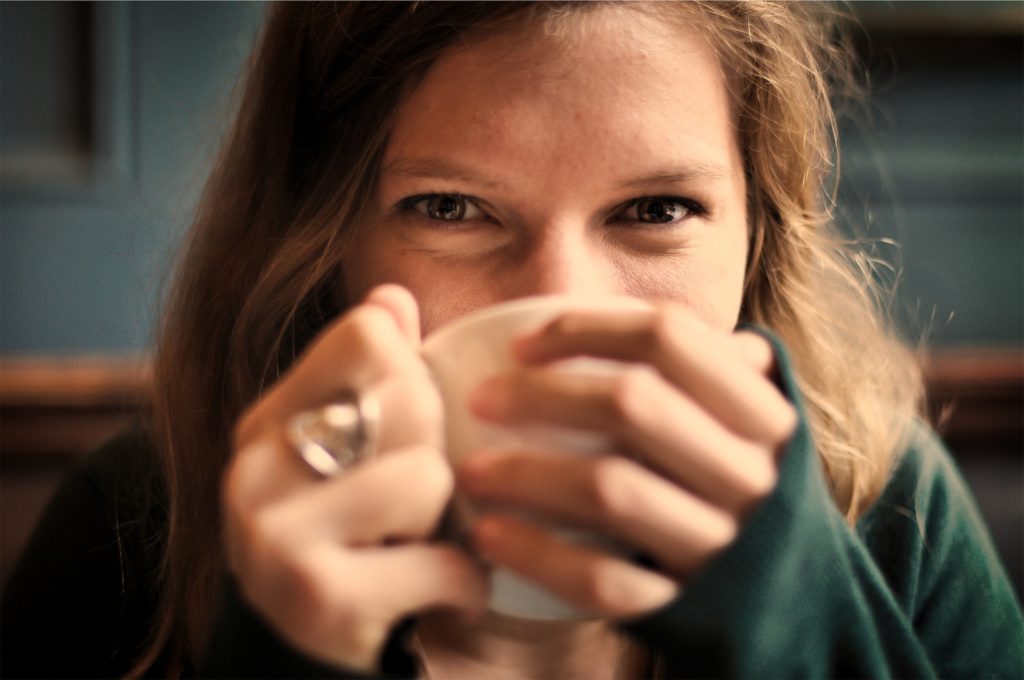
Mixing your tea
Adding milk and/or sugar to tea is a common practice for most tea drinkers in Australia. Fowler says that if this is your personal preference, make sure you don’t add too much of either. Otherwise you’ll overpower the rich flavours of the tea leaves.
Enjoying your tea
Enjoying tea goes well beyond just drinking the stuff. Each step of the tea-making process can bring a sense of mindfulness. From the feeling of the tea leaves in your hand and waiting for the kettle to boil to enjoying the rich aroma your brew emits as you wait for it to steep. Fowler believes each stage of the tea-making process should be done with purpose and presence in order to maximise the full enjoyment. Happy International Tea Day!


